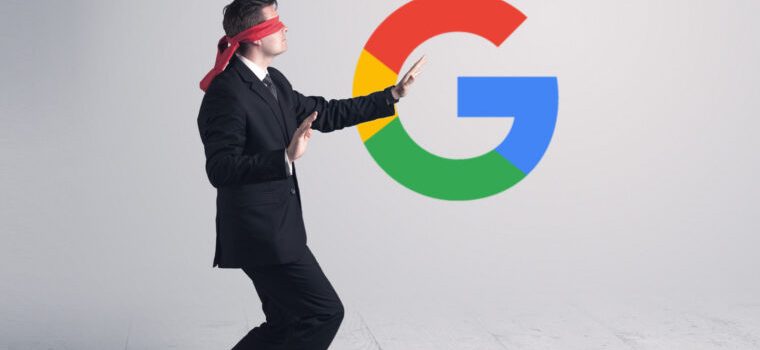
A study of 150,000 search results for apparel-related keywords shows that Google shows that the SERP has 95% of the time, reflecting the opportunities available to online merchants looking to sell more through Google.
The results show that search ranking today has evolved beyond traditional organic SEO needs to evolve to keep up with today’s reality.
seoClarity listed the various features of SERPs that are found, ordered by popularity in SERPs:
“Carousel products 120,772.
People also ask 57925
Frequently asked questions 17,119
Local 8563
Images 2,451
Free product listings 877
150,000 Clothing related keywords
The study, which was conducted with the SEO AI driver and content optimization platform seoClarity, focused on searches related to apparel.
While it was already clear that organic search results with ten blue links were essentially a thing of the past, they were still surprised at how much organic search results had essentially disappeared under various search features.
They found that 95% of keywords lead to a SERP feature on the first page of search results pages (SERPs).
Of these SERP features, 85% were Popular Products search features.
The Popular Products feature was shown in the first three search results 48% of the time.
According to this, the dominance of Popular Products in search results was most evident in mobile search results.
They found:
“… in mobile devices, 75% of SRP queries included 4 or more instances of Popular Products in the same SERP.”
About Popular Products.
Google’s Popular Products search feature was introduced in 2020 to show popular products for apparel.
Being listed in these types of search results is free.
Since Popular Products was originally rolled out for apparel searches, it’s no surprise that research into apparel-related searches leads to a high percentage of Popular Products search opportunities because that’s what Google announced would happen.
I reached out to seoClarity and asked if these types of results are also comparable in other verticals, and they confirmed that they see similar SERP features in other keyword categories as well.
Search is evolving
Google search has always been subject to change.
However, the idea of the ten blue links as representative of what search results should look like continues. This is evident in the exclamations of outrage when search results are anything but ten blue links.
Images are displayed in recipe search results.
Search results for the cast of a TV show or movie are displayed with images of the actors.
When you search for products on Amazon or any other online store, search results are ordered with images.
So it also makes sense for Google to use the image paradigm in search results for shopping-related queries, especially for clothing-related queries.
According to Google 2020’s announcement of a new feature on popular products:
“When you’re shopping online for something to wear, like a down jacket for winter or dress shoes to match a new outfit, it can be helpful to see style options in many different stores.
But with the number of options online, it’s not always easy to find out what’s out there, find inspiration, compare your choices and decide what and where to buy.
Search has always allowed you to find links to different products and stores, but starting today and rolling out this week in English in the United States, you’ll start seeing clothes, shoes and accessories from all over the Internet in one place on Search on your mobile device, so you can easily browse many different stores and brands at once.”
The goal of SERP features is to provide search results in an attractive way that helps users according to their search purpose.
seoClarity research drives home the message that search has evolved and therefore SEO should evolve with it.
SEO must evolve.
In order for SEO to remain effective, you need to think about all of the search opportunities that are available for a given search query and make sure that the site is optimized to rank for these types of SERPs.
“If you don’t optimize for Google Shopping, your organic search traffic and visibility is suppressed.”
This new way of displaying search results may well be affecting apparel-related searches at a higher rate than they do for searches in other verticals.
Such situations may indicate a search feature, such as the popular products search feature, that dominates the top of search results.
The big takeaway is that all businesses that sell products should consider reviewing participation in Google’s free listings program.
The Google Shopping Center has published documentation on how to get products listed at this top of the search results page, where it advises:
“Free listings allow customers to see product results from your store through Google, such as on the Shopping tab, YouTube, Google Search (.com), Google Images and Google Lens.
Just as we don’t charge websites to participate in the Google search index to organize and display relevant information, participating retailers are also entitled to have their product information organized and displayed for free on Google.”
The takeaway from this study is that for some verticals, SEO is no longer just about ranking in the old-fashioned top ten search results with ten blue links.
Search results for shopping-related queries are now richer in images to help shoppers find the products they are looking for.
The most important takeaway from the seoClarity study is that SEO is now more necessary than ever to help businesses surface their pages and products more effectively.

 Get in Touch
Get in Touch 


